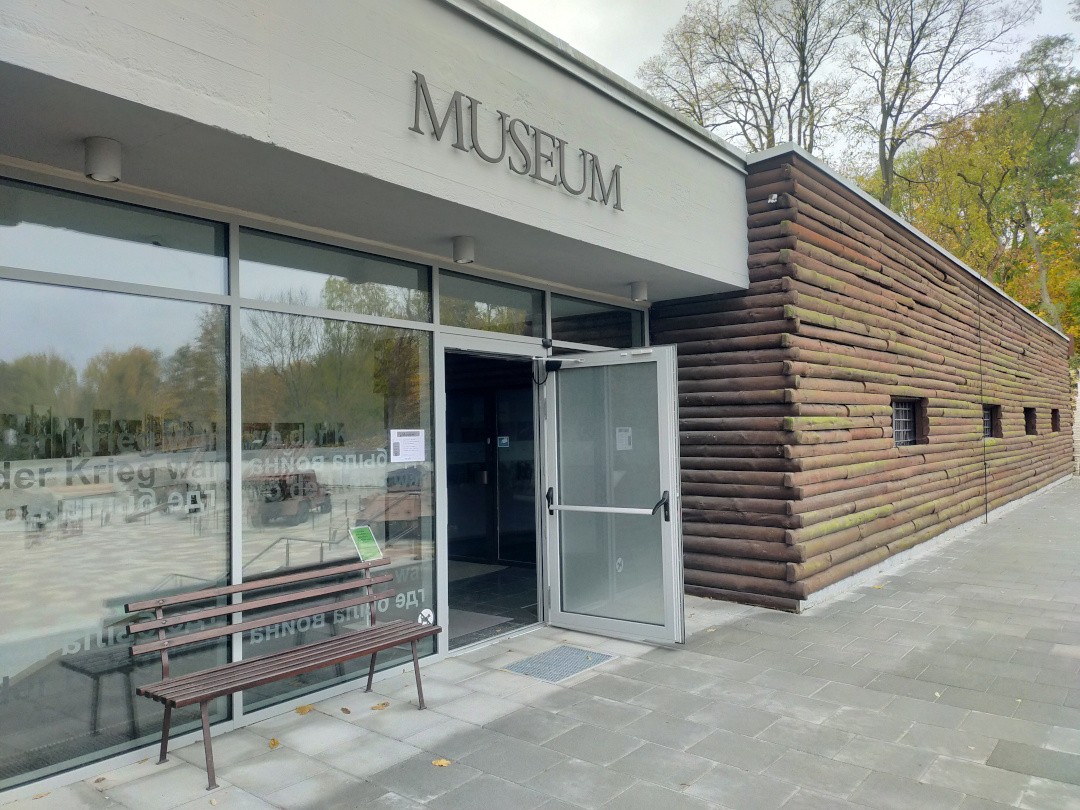The Battle of Seelow Heights, fought from 16 to 19 April 1945, was one of the last major battles of World War II on German soil. It marked the beginning of the Soviet offensive targeting Berlin, the aim of which was to end the war with a complete victory. The Nazi leadership hoped to hold back the attackers long enough for the anti-Hitler coalition to fall apart.
For months, the German army had been retreating. In January 1945, it was pushed back from the Vistula. Now, the Soviet Army, standing at the River Oder, threatened the centre of the German Reich, including its capital, from the east. However, the ‘Seelow Heights’ ran between Berlin and their positions, a steep and elongated mountain range. This was selected and expanded by the German side for defence purposes.
The battle began on 16 April 1945 with a massive artillery bombardment, followed by ground fighting in which the German lines of defence were gradually broken. On 20 April, Soviet troops reached the outskirts of Berlin, marking the beginning of the end of the war in Europe. The mobilisation of all men still fit for battle in the final days of the war illustrates the National Socialist regime's determination to sacrifice others for its survival.
The Seelow Heights Memorial keeps the memory of this dramatic event alive and commemorates its victims. The barrier-free memorial site includes a war cemetery, a visitor centre, a forecourt with Soviet military equipment and a museum. The exhibition there displays original equipment, and infantry weapons and uses a model, eyewitness accounts and documentary films to describe the course and consequences of the battle.
Above the museum, visitors can see for themselves the strategic location of the terrain from the vantage point. The memorial, completed shortly after the battle, features a young Soviet Army soldier looking thoughtfully across the cemetery towards home. On the forecourt, the view shifts from people to military technology. An ensemble of original weapons gives an impression of the Soviet Army's arsenal. The memorial also reflects the complex and changing history of domination and the culture of remembrance in present-day eastern Germany.
Guided tours offer in-depth insights into the battle and the place of remembrance. Just like the text panels in the permanent exhibition and in the outdoor area, these are designed in German and English: the documentary films also have Polish and Russian versions.
Küstriner Straße 28 a, Seelow, 15306
+49 3346 597 / info@seelowerhoehen.de
